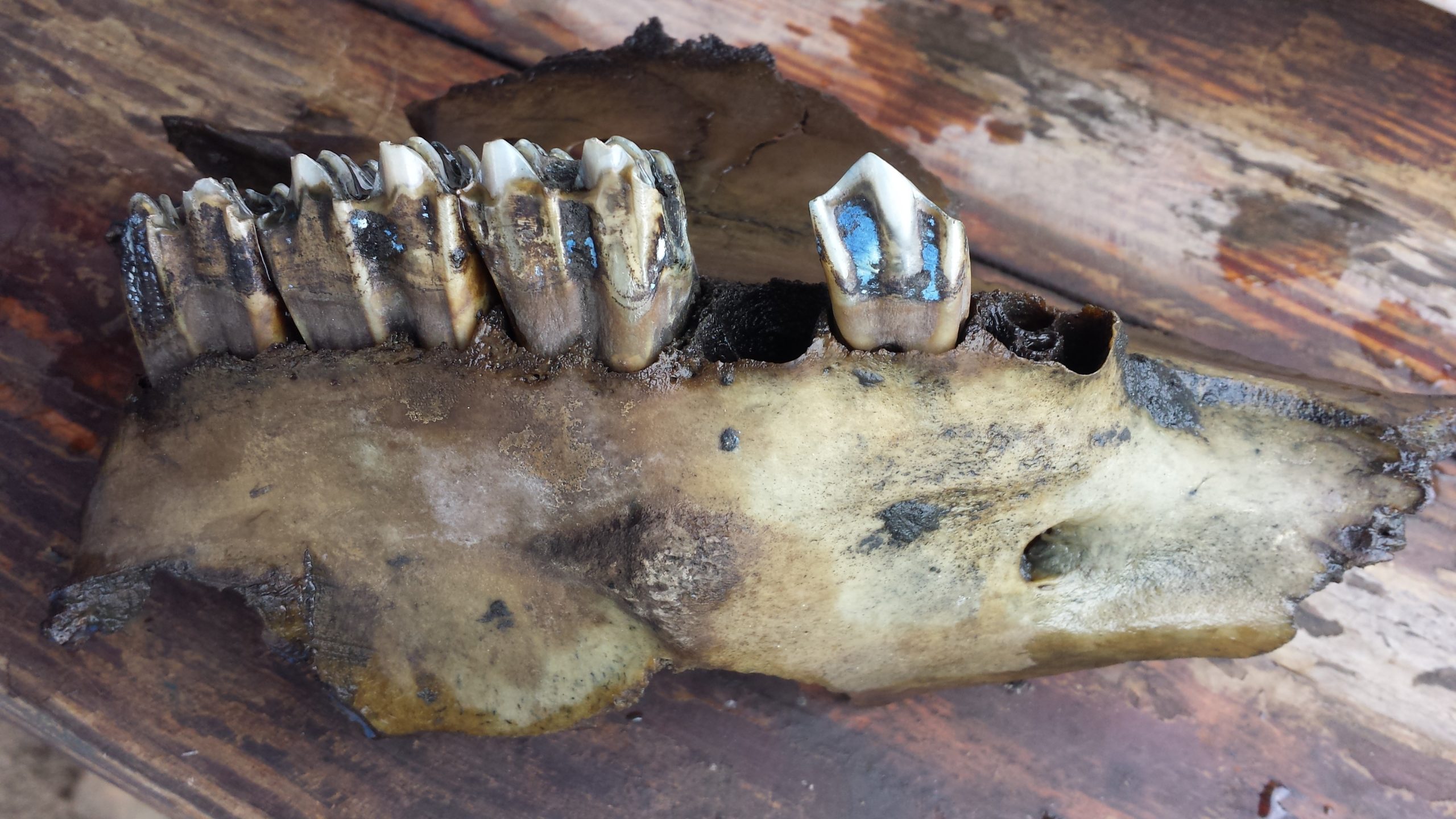Orr, C.H., Williams, R., Halldórsdóttir, H.H. et al. Unique chemical parameters and microbial activity lead to increased archaeological preservation at the Roman frontier site of Vindolanda, UK. Sci Rep 11, 15837 (2021). https://doi.org/10.1038/s41598-021-94853-7
Published: 04 August 2021
Abstract: Waterlogged burial conditions impact upon artefact preservation. One major determinant of preservation is presence and behaviour of microorganisms, however, unravelling the mechanisms, especially in waterlogged conditions is challenging. In this study, we analysed elemental composition, bacterial diversity and community structure from excavation trenches at the Roman Site of Vindolanda, Northumberland, UK, using pXRF and 16S rRNA gene amplicon sequencing. Excavation trenches provide information of different occupation periods. The results indicated that microbial communities were dominated by Firmicutes, Bacteroidetes and Proteobacteria at a phylum level. Samples which also had visible vivianite presence showed that there were marked increases in Methylophilus. Methylophilus might be associated with favourable preservation in these anaerobic conditions. More research is needed to clearly link the presence of Methylophilus with vivianite production. The study emphasises the need for further integration of chemical and microbiome approaches, especially in good preservation areas, to explore microbial and chemical degradation mechanisms.

